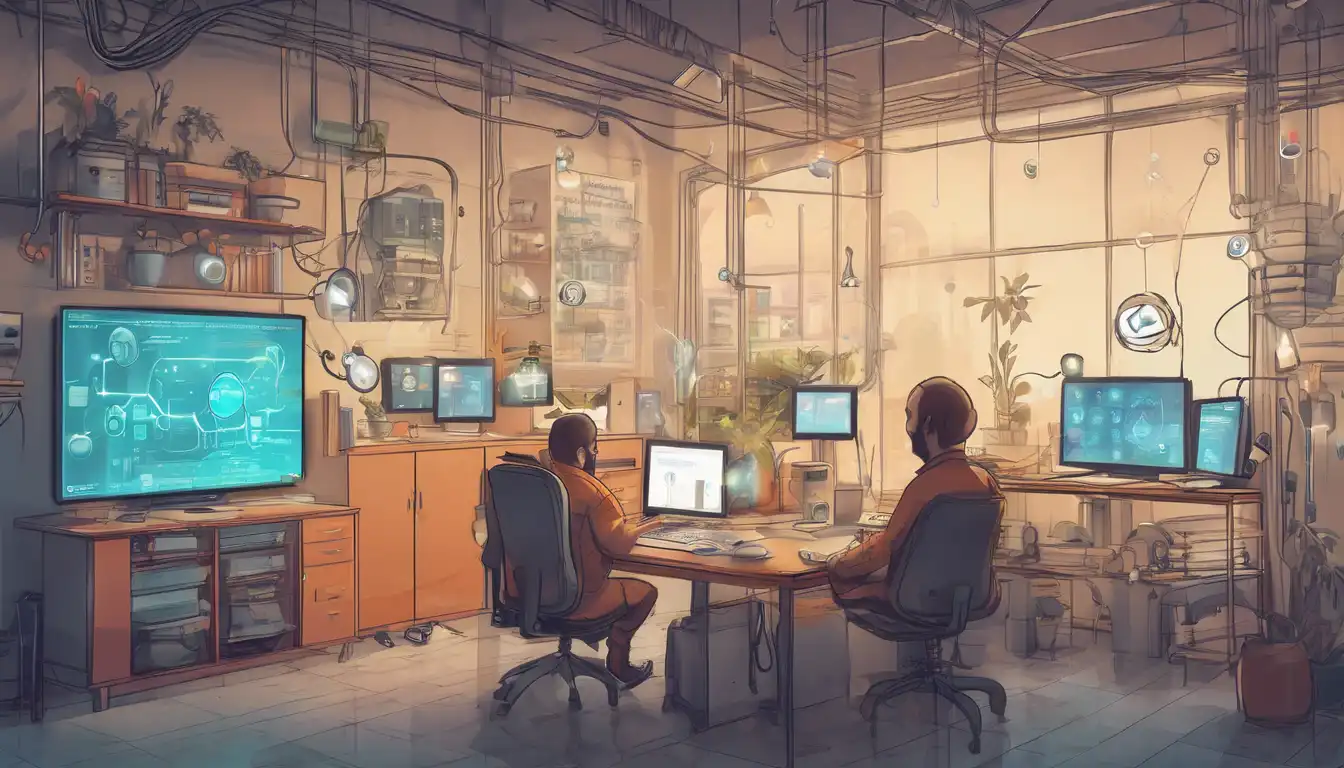Introduction to IoT Development
The Internet of Things (IoT) is revolutionizing how we interact with the world around us. From smart homes to industrial automation, IoT development is at the heart of this transformation. This guide is designed to help beginners take their first steps into the exciting world of IoT development.
Understanding IoT
IoT refers to the network of physical devices connected to the internet, collecting and sharing data. These devices range from ordinary household items like refrigerators to sophisticated industrial tools. The key to IoT is the seamless integration of hardware and software to create smart, responsive systems.
Getting Started with IoT Development
To begin your journey in IoT development, you'll need a basic understanding of programming languages such as Python or JavaScript, and familiarity with hardware components like sensors and microcontrollers. Here’s a step-by-step guide to get you started:
- Learn the Basics: Start with the fundamentals of programming and electronics. Online platforms like Example.com offer great resources for beginners.
- Choose Your Hardware: Select a microcontroller like Arduino or Raspberry Pi as your development board. These are beginner-friendly and widely supported.
- Experiment with Sensors: Begin by integrating simple sensors to collect data. Temperature and motion sensors are great starting points.
- Connect to the Internet: Use Wi-Fi or Bluetooth modules to connect your device to the internet, enabling data sharing and remote control.
- Develop Your First IoT Application: Combine your hardware and software knowledge to create a simple IoT application, such as a smart light that turns on via a mobile app.
Tools and Technologies for IoT Development
Several tools and technologies can accelerate your IoT development process. Here are some essentials:
- Development Boards: Arduino, Raspberry Pi, and ESP8266 are popular choices for prototyping.
- Programming Languages: Python, JavaScript, and C++ are commonly used in IoT projects.
- IoT Platforms: Platforms like AWS IoT and Google Cloud IoT provide robust infrastructures for deploying IoT solutions.
- Prototyping Tools: Tools like Fritzing and Eagle can help design your circuit boards.
Challenges in IoT Development
While IoT offers immense opportunities, developers face several challenges, including security concerns, data privacy, and interoperability issues. Addressing these challenges requires a thorough understanding of both technical and ethical aspects of IoT development.
Future of IoT Development
The future of IoT is bright, with advancements in AI and machine learning opening new possibilities. As IoT devices become more intelligent and autonomous, developers will play a crucial role in shaping this future.
Embarking on IoT development can be daunting, but with the right resources and a curious mind, you can contribute to this transformative technology. Start small, keep learning, and soon you'll be building IoT solutions that make a difference.
